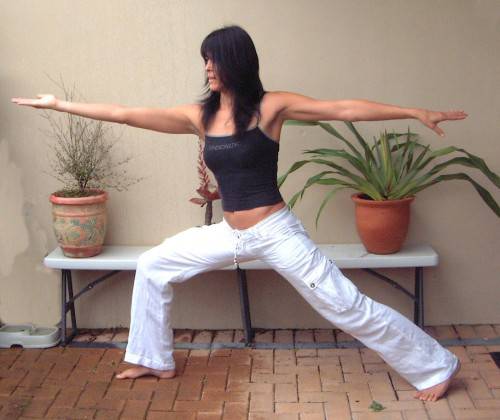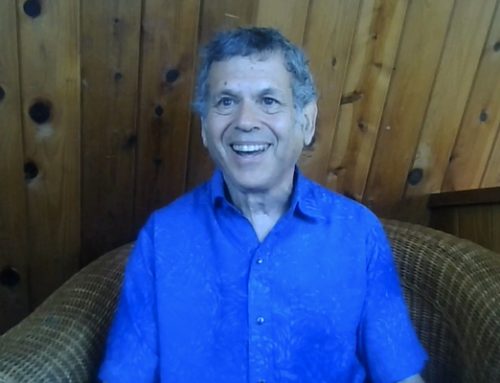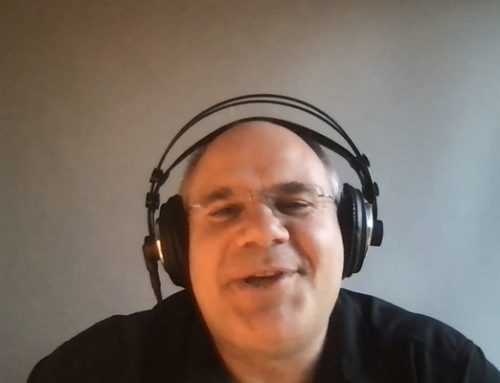Happy Tuesday to You!
I hope your day is flowing toward your dreams.
I had a busy, productive day yesterday. I saw a client in the morning to review her exercise programs. We started with a lovely rattling and breathing meditation outside in our bare feet on the dirt in my stone circle. It was very powerful, balancing, and energizing.
I did some heavy deadlifting for my workout. I worked up to 405 as my training weight, did a few sets there, came down a notch for a long set, and settled with that.
TIPS FOR MAKING CHANGES: What does it take? (Pt.2)
The change process is much harder for some than others. Some simply decide that they want to change their body, or their financial situation, or their partner and do it.
Others ruminate over such changes for long periods, sometimes years, and sometimes, they don’t happen at all. We are all familiar with the New Years resolution issue, and short-lived such changes typically are.
In all fairness to the many out there that can’t seem to get their bodies healthy (even after an endless stream of diets and even hiring personal trainers), there are some real challenges people face.
Huge food, chemical and product corporations spend millions upon billions doing advanced research on how to effectively addict people, and on how to sell them almost anything, whether they want it, or need it or not.
In the second instance, the education level among most personal trainers is dangerously low. Most of them are not much healthier than the people they train and often eat as badly.
Sadly, the exercise industry has become a prostitute to the junk food industry, junk equipment industry, and many more, and I’ve been blocked from lecturing at some conferences for highlighting the truth about the situation!
There is an excellent book titled, “switch”, by Chip and Dan Heath that goes into the science of change and how to effectively implement change in your life.
[amazon-product align=”left”]1847940323[/amazon-product]
Chip and Dan identify three essential components to the change process:
1. The change must appeal to what they call “The Rider” or the intellect. The change must be logical.
2. The change must appeal to a person’s emotions (The Elephant); there must be some tangible, or perceived reward, or the elephant won’t budge.
3. The must be a clear path to follow in the change process.
By paying attention to these three components, you can more effectively implement the change process in your life.
“Switch” is loaded with practical tips anyone can use immediately. I’d recommend starting there. I listened to it on audio as well as going through the book. Excellent!
Maxwell Maltz gives this acronym for “SUCCESS” in his excellent book, “PsychoCybernetics.“
[amazon-product align=”right”]0879801271[/amazon-product]
We can easily apply this acronym to the change process as a means of enhancing your chances of changing successfully:
Sense Of Direction: As I share in PPS Success Mastery Lesson 1. How To Find and Live Your Legacy, that your dream, goal or objective is the equal of your North Star – your GPS coordinates.
As the old saying goes, if you don’t know where you are going, any road will get you there!
Understanding: This is the logical appeal of the intellect, the rider. The change must be logical to you or you are less likely to make the change.
Courage: We have to have the courage to change. Change always means that things will not be the same and it takes courage to become someone new.
Charity and Compassion: This is the territory of emotion, or what Chip and Dan Heath refer to as The Elephant. We have to have enough compassion and emotional connection with the perceived outcome of our change process or our elephant won’t move, even when the rider kicks and screams that “this change is needed”!
Esteem: Esteem here refers to self-esteem. Again, the territory of the elephant. When we lack a well-defined sense of self, change is harder because we aren’t yet really sure who we are changing for. PPS Lesson 1 and PPS Lesson 2. Self Mastery both addresses this issue in depth.
Self-confidence: This is addressed in the above section, but also relates to courage.
Self-acceptance: This relates to both the rider and the elephant. Self acceptance is only truly self-acceptance when we love and nurture our whole being as a body-mind construct.
Addressing your logic alone leads to lots of challenging relationships, as does being too emotional without adequate rationality.
Making peace with where you are at right now in your life is the first step to self-acceptance and making lasting changes.
I hope you enjoyed this little lesson on change and apply these tips to your own life.
I look forward to sharing more tomorrow!
Love and chi,
Paul Chek








